We would all like to see a difference in the appearance of our skin. It’s possible that you have oily skin or that you acquire blemishes on your nose frequently. You could also have an uneven skin tone or complexion, or you could have hyperpigmentation. Hydrafacials are the most effective treatment for any skin condition.
Table of Contents
How does a Hydrafacial work?
The medical-grade hydra-dermabrasion device can clean, exfoliate, and put intense serums into the skin. To finish the different steps of this procedure, the aesthetician moves a wand over your face. This is made possible by a machine that is attached to the rod.
Before a Hydrafacial
If you spend money on taking care of your skin, you want to ensure you’re ready to see results. It would help if you did what your doctor told you to do after your treatment to get the best results.
How to get ready for treatment
- Don’t use Isotretinoin products, like Accutane, for six months before therapy unless your doctor says it’s okay.
- At least forty-eight hours before the treatment, you should stop taking tretinoin or Retin-A.
- At least forty-eight hours before your treatment, you should refrain from using treatments that exfoliate the skin, such as glycolic acid, enzymes, or other similar products.
- Stop obtaining medium or deep chemical peels, chemical resurfacing treatments, and laser treatments a minimum of two weeks before this facial procedure. This will ensure optimal results from the system.
- To get the most out of your treatment, you should wait at least 48 hours before waxing or using any depilatory products.
- You should refrain from using a tanning bed for at least three days before your treatment and limit the amount of time you spend in direct sunlight.
- It is necessary to recognize that you should not shave your face the day before or after getting a facial treatment.
Read also: 10 Best Skin Care Products for Oily Skin in the Philippines
Instructions for after treatment
- After your treatment, you should not use tanning beds or spend more time in the sun for at least 72 hours.
- Don’t wash your face with anything other than PCA Facial Wash or Hydropeptide Exfoliating Cleanser until the morning after your treatment. This is because many over-the-counter face wipes can hurt your skin after this step.
- After your therapy, use PCA Hyaluronic Boosting Serum in the morning and at night for 30 days.
- Use Hydropeptide SPF 30 sunscreen for at least three to five days after the treatment.
- After treatment, you should wait 48 hours before applying any topical retinoids, including Retin-A or generic tretinoin.
- Before undergoing a deep chemical peel or laser treatment on your face, you should wait at least two weeks.
- You should avoid using anything that exfoliates the skin, such as glycolic acid or enzymes, for at least forty-eight hours after the treatment has been completed.
How should you prepare for a Hydrafacial?
Face treatments like hydrafacials work to get rid of wrinkles, dark spots, and acne. This deep-cleansing facial boosts your skin by exfoliating, extracting, hydrating, and adding antioxidants. There are various steps to take to get the best results while feeling as little pain as possible. Follow these steps to get ready for a HydraFacial:
Products with Isotretinoin in them should be stopped.
Isotretinoin is better known by its generic name, Isotretinoin, than its brand name, Accutane. Accutane is the brand name for this drug. Before you get a hydrafacial, tell your aesthetician if you are taking Isotretinoin or if you have recently taken it. If you’re unsure if a product has Isotretinoin, ask your dermatologist or look at the list of ingredients.
Laser treatments should not be used under any circumstances.
If you want to get a hydrafacial, you should wait until you’ve had a laser treatment. The laser resurfacing may make your skin more sensitive during and after your hydrafacial. Sometimes, this could make it harder for people who have just finished laser treatment. Before you have extractions or a peel of the top layer of skin as part of a facial treatment, tell your aesthetician about any recent laser procedures.
It would help if you never revealed yourself to the sun for an extended period, regardless of the circumstances.
It is recommended that b hydrafacial before and after treatment, the patient spend as little time in the sun as possible. Even though your skin isn’t exposed during the procedure, the light used in the operation may make some parts of your face look red or burned. You can avoid this reaction and the hyperpigmentation that comes after it if you don’t spend too much time in the sun before the procedure. If you’ve had a sunburn in the two weeks before your facial, extractions will hurt more and may leave scars.
To Conclude
When getting a hydrafacial, avoiding other treatments that exfoliate the skin is best. So this includes microdermabrasion and chemical peels, which could make your redness last longer because your skin will be more sensitive after the hydra facial. Keep in mind that this is a complicated treatment, so make sure to follow the hydrafacial before and after care above.

 Login/Register
Login/Register



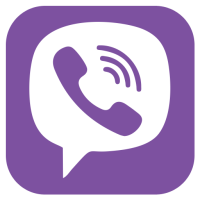

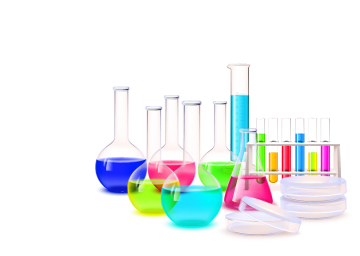
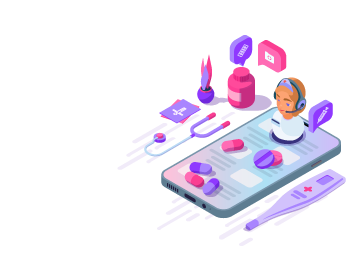
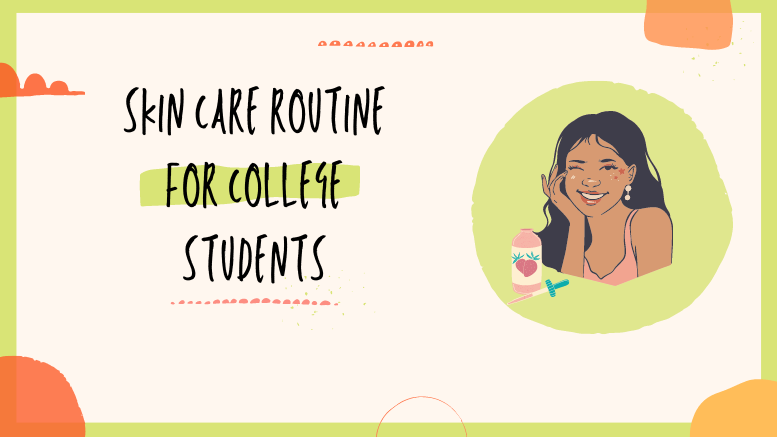

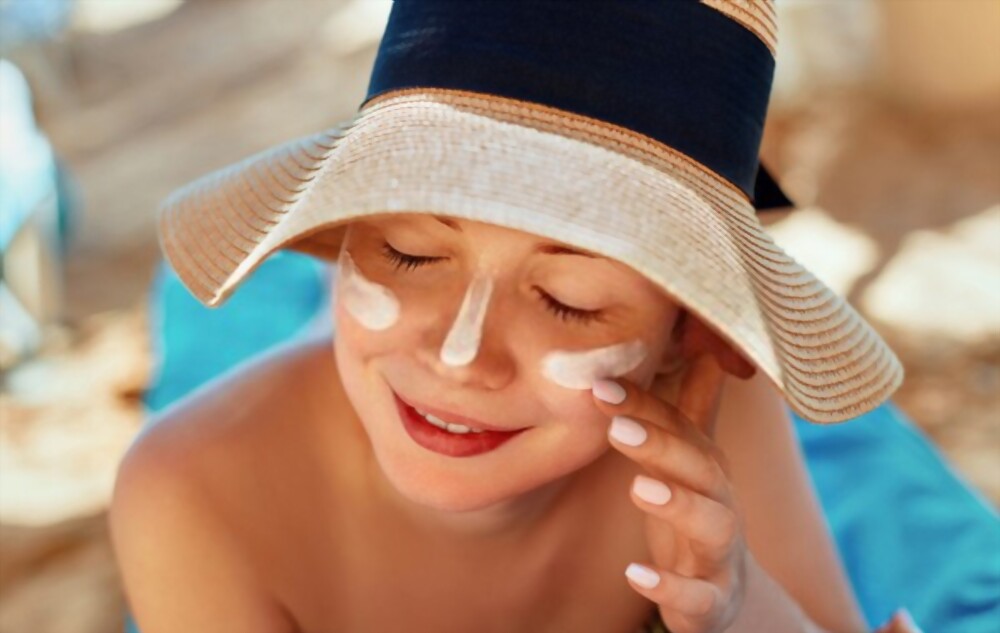

Be the first to comment on "Hydrafacial: What You Need to Know Before Getting the Treatment?"